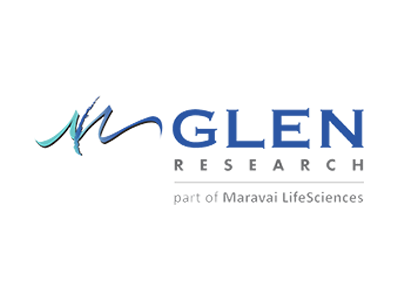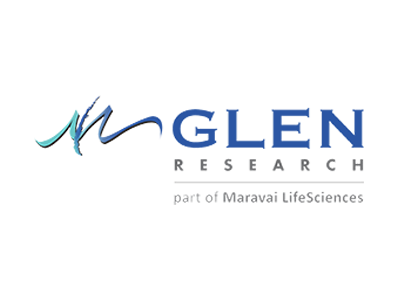Glen Research is offering first our most popular labels for general interest and, subsequently, we will add azide products that are not compatible with phosphoramidite chemistry.
Biotin is still our most commonly used label and biotinTEG, with its hydrophilic triethylene glycol spacer, is the most popular biotin product. Desthiobiotin is a biotin analogue that is well captured by streptavidin but the captured product can be easily released by applying a biotin solution to the streptavidin beads. 6-FAM is our most popular fluorescein derivative and we offer azides of both 6-FAM and pivaloyl-protected 6-FAM for situations where subsequent reactions require the 6-FAM to be protected. In both 6-FAM products, the hydrophilic TEG spacer is again used. The azides are offered in 25 and 100 µmole packs for convenient oligonucleotide labeling.
7-Hydroxycoumarin, also known as umbelliferone, is a highly fluorescent, pH-sensitive fluorophore that emits in the blue region of the spectrum. However, its fluorescence is strongly quenched if the hydroxyl is alkylated or phosphorylated, making it useful in high-throughput screening for phosphatases and lipases. Interestingly, it was found that the 3-azido derivative is also highly quenched but, upon reaction with an alkyne in the presence of copper to form the triazole, the fluorescence is restored.1 The clicked coumarin emits at a lambda max of 480 nm and absorbs at 358 nm.
HEX and TET are two of our most popular fluorescein-based dyes for labeling oligonucleotides. We are happy to offer 6-HEX and 6-TET Azides for use in click conjugations.
(1) J. Gierlich, G.A. Burley, P.M. Gramlich, D.M. Hammond, and T. Carell, Org Lett, 2006, 8, 3639-42.










Potassium 3-[1-[1-(N-(3-azidopropyl)hexamid-6-yl)-2,3-dimethyl-5-sulfonato-indol-2-ylidene]-ethylidene]-cyclohexen-1-yl-ethynyl-2-(1,3,3-trimethylindolium-5-sulfonate